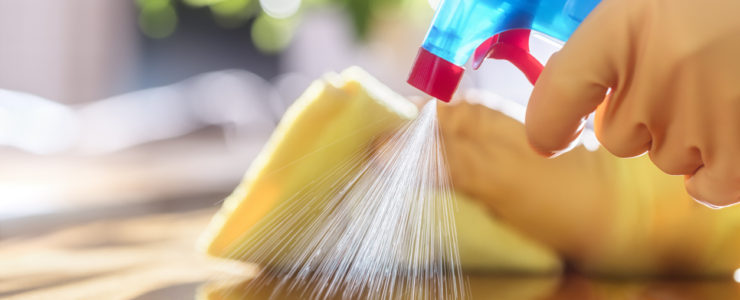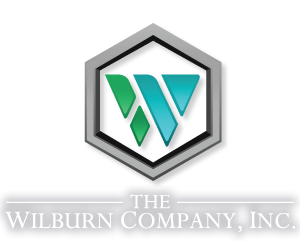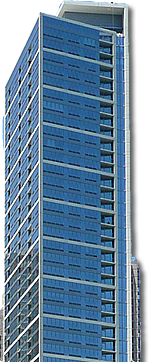
As we navigate the coronavirus situation, there is a lot of uncertainty and tragedy. But there are also glimmers of hope as we move forward together.
One small benefit that’s come about in the midst of the crisis has been the improved public perception of front-line workers – including cleaners (or, as we call them, environmental hygienists). In facilities that must stay open, cleanliness is crucial. The Wilburn Company has long proclaimed the value of our employees, but it’s very gratifying to see their very important work being newly appreciated and valued by the public!
Today, there’s simply no denying the fact that quality cleaning is a huge benefit to public health. Considering cleaning’s importance, let’s look at how cleaning can minimize exposure to bacteria and viruses, such as the coronavirus, and help maintain a safe and healthy indoor environment for building occupants.
The Difference Between Cleaning and Disinfecting
When we talk about cleaning’s benefit to public health during this time, we’re primarily talking about the impact of disinfecting. As we get started, then, it’s important to note the distinction between cleaning and disinfecting.
Cleaning is a broad term; while it can apply to health-oriented activities, it can also apply to activities that are solely purposed to improve aesthetics. When you clean your house for company, for example, you may focus more on putting items away to make things look clean than on creating a healthy environment.
Disinfecting is a more specific activity meaning to make hygienic by killing pathogens (like viruses and bacteria). Effective and safe cleaning of buildings must include disinfection, especially in impactful areas like bathrooms, kitchens, and frequently touched surfaces. Of course, in the time of coronavirus, this is more important than ever. This pandemic will change the role of proper disinfection; it must become part of routine contracted services moving forward.
At The Wilburn Company, we take a health-first approach to cleaning that emphasizes proper disinfection techniques to keep people safe and healthy.
How Disinfecting Works
With that distinction made, let’s examine how disinfecting works.
Disinfectants are chemicals designed to kill pathogens. There are two types of pathogens that cause infections: viruses and bacteria. Bacteria are one-celled organisms that are found naturally in our environment and in our bodies – but certain bacteria are harmful to humans and can multiply in ways that make us sick. Proper disinfecting kills harmful bacteria living on surfaces before they have a chance to cause an infection.
Viruses, on the other hand, are barely qualified as living organisms. They are simply a small piece of genetic material (RNA or DNA) surrounded by a protein shell that cannot live without a host. Once in a host, they enter cells and multiply by hijacking cellular processes. Disinfecting surfaces involves using chemicals to break the protein shell of a virus and make it harmless – or, depending on the method, to simply remove the virus from the surface. There are two types of viruses: enveloped viruses and non-enveloped viruses. The coronavirus, like influenza, is an enveloped virus. It can be killed by most common disinfectants and particularly by quaternary (quats) chemical disinfectants fairly easily.
The best advice toward disinfecting is this: follow the recommended protocol for the product being used. For instance, some cleaning products must sit on surfaces for a certain duration of time in order to effectively disinfect the area. Some must be sprayed directly onto surfaces. Some solutions that are mixed with water require certain concentrations to be effective.
The lesson is that, to make sure disinfecting works, follow the directions of the products. At The Wilburn Company, all of our employees receive comprehensive training on the products and procedures that we use to ensure that proper disinfection happens.
Is Green Cleaning Effective at Disinfecting Surfaces?
Finally, let’s tackle a common question on our topic: is green cleaning effective in disinfecting surfaces?
The answer is that, if it’s done properly, it certainly is. Keep in mind that the main focus in a green cleaning program is health. A green cleaning program always cleans for health first.
Green cleaning is a broad term; it encompasses specific training, procedures, cleaning techniques, and products that are safer for users and building occupants as well as the environment.
Although disinfectants generally cannot be certified as “green” because they are classified as pesticides by the EPA and are designed to kill, a green cleaning program uses only EPA-approved disinfectants and those that are the most effective for killing 99.9 % of germs and viruses (including the coronavirus)
Looking for Dependable Cleaning Services in the Midst of Uncertainty?
Disinfecting can significantly reduce the spread of bacteria and viruses like the coronavirus. The Wilburn Company adopted and implemented green, healthy cleaning procedures several years ago and we have actually been applying proper disinfecting procedures as a routine practice long before the COVID-19 pandemic.
With those things in mind, we’re grateful for our professionally trained, hard-working employees as we navigate this pandemic. And we’re glad to see public perception of front-line employees being rightly appreciated as their value is realized. Cleaning for health matters, now more than ever.
The Wilburn Company is proud of our role in keeping government workers and essential employees safe and healthy during this tumultuous time. We’ve been cleaning government and commercial facilities for over 20 years; we’ll be here during and after the coronavirus, too.
If you’re looking for dependable cleaning services that improve the health of your facility, get in touch with us today.










